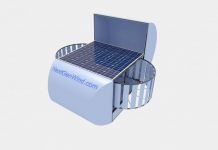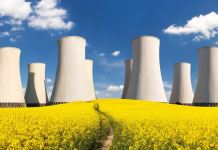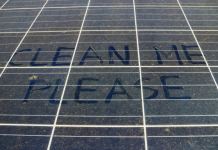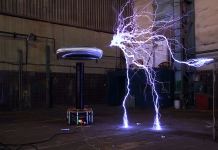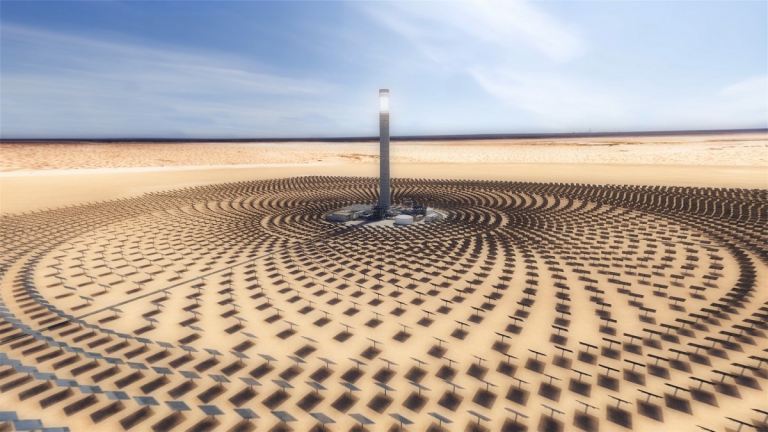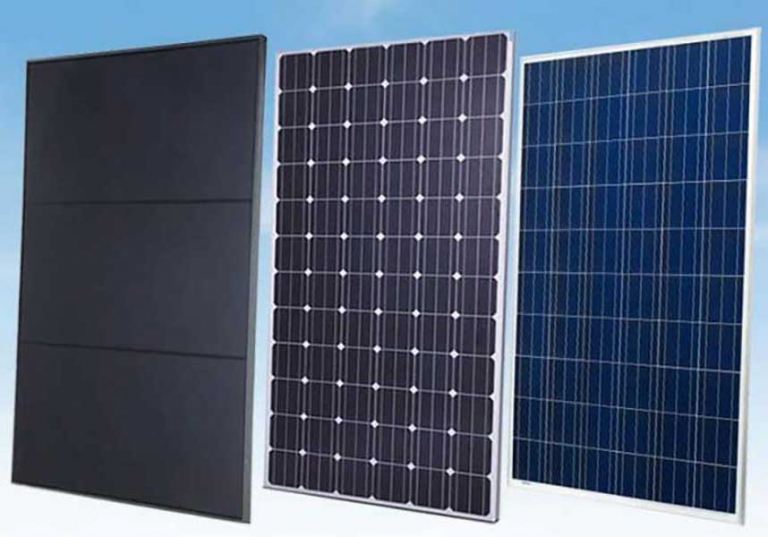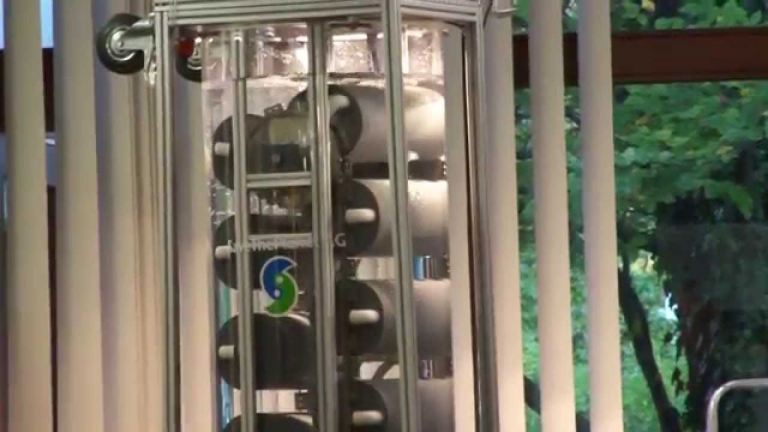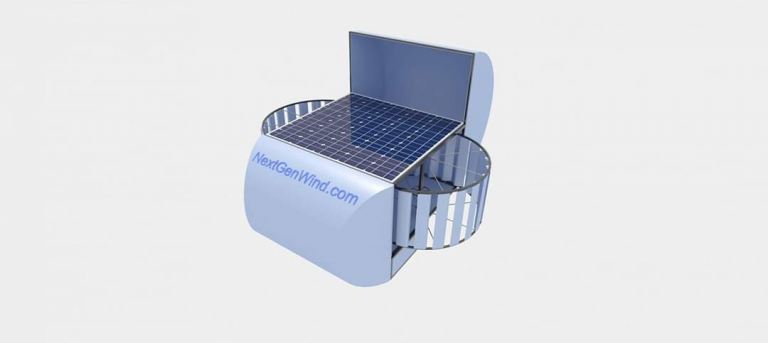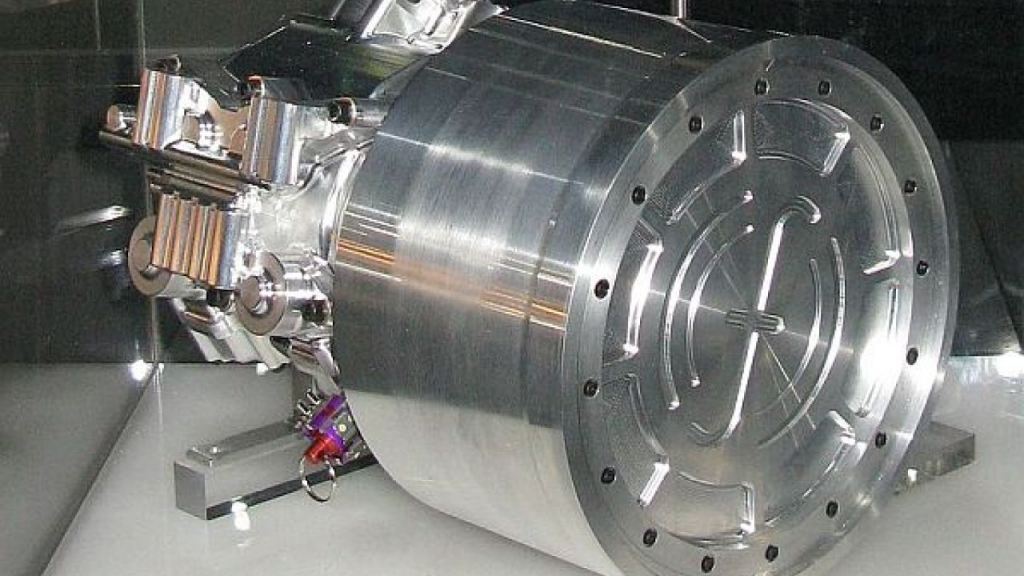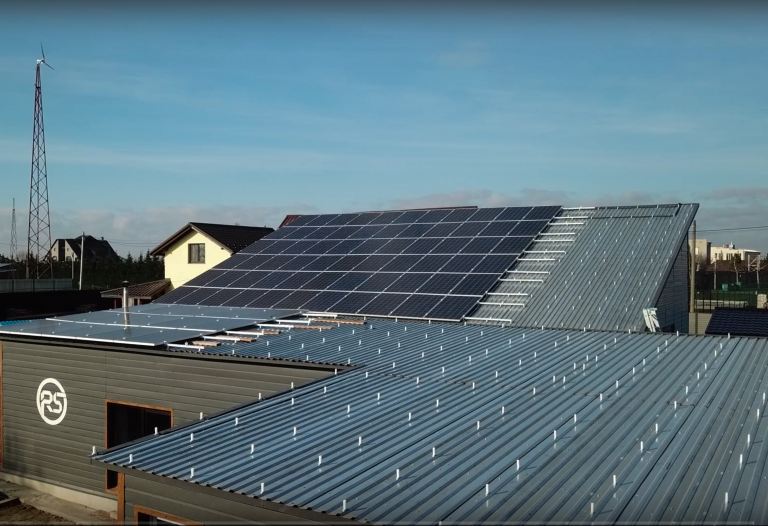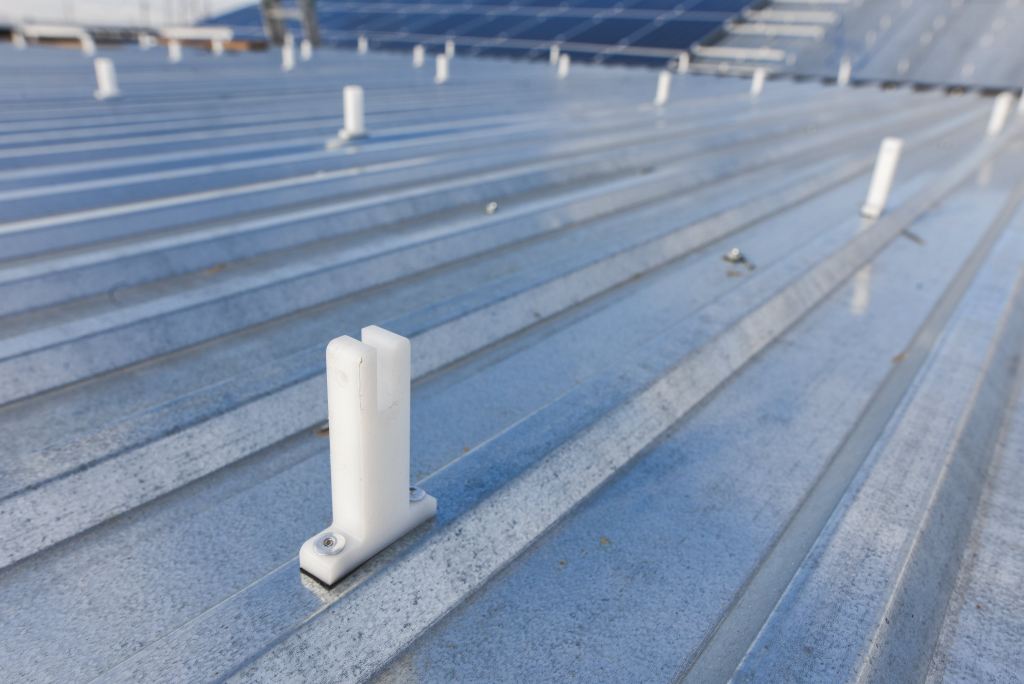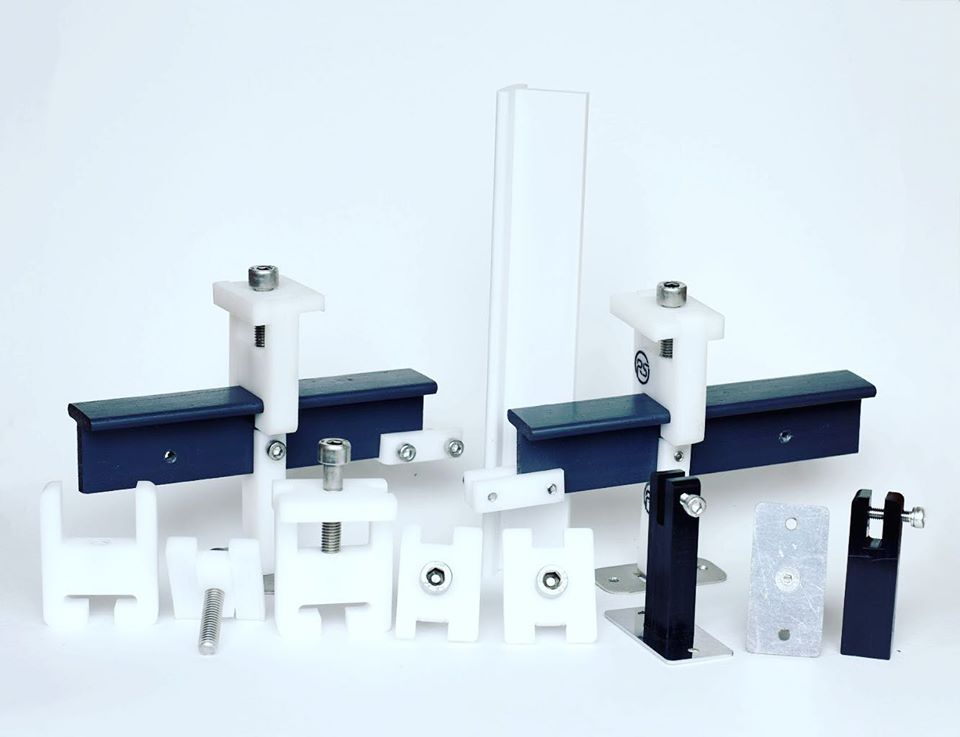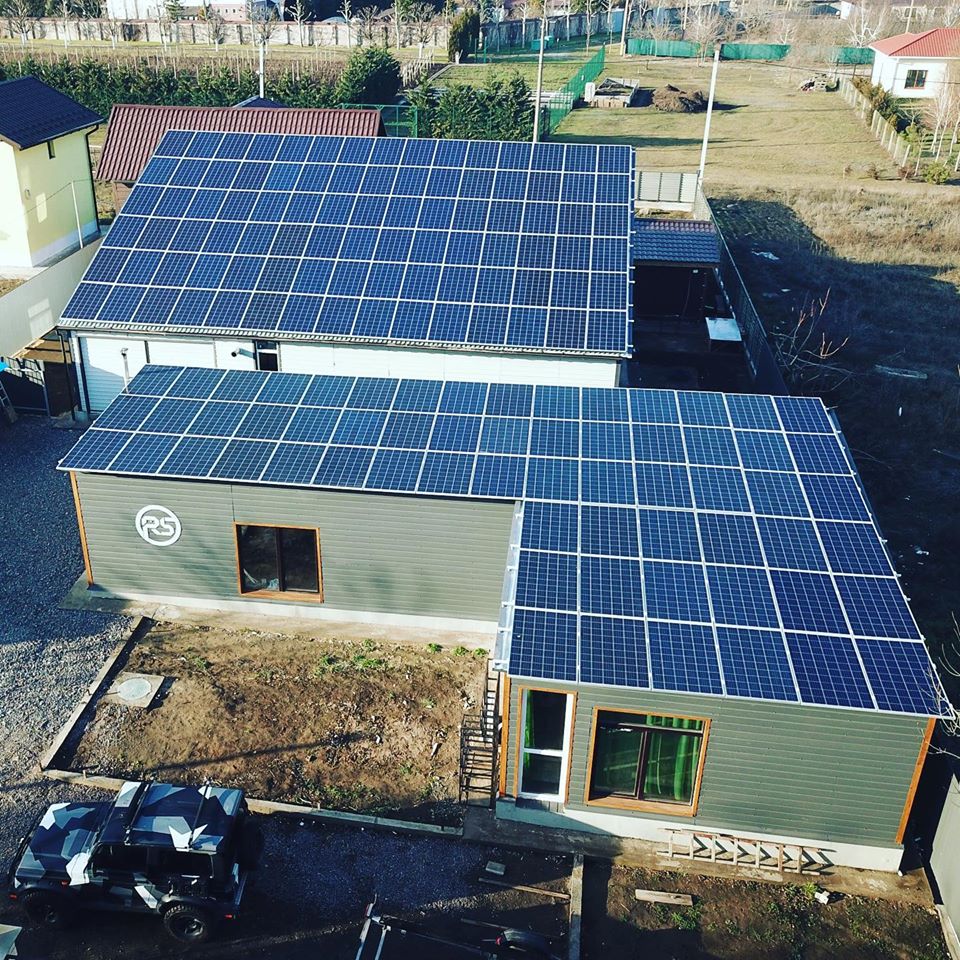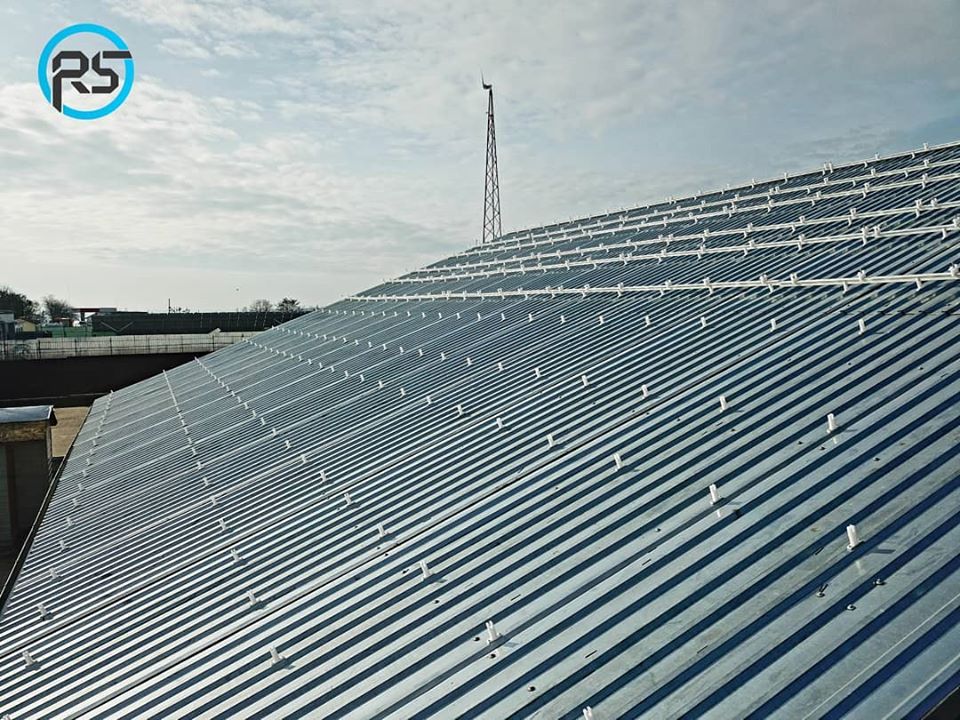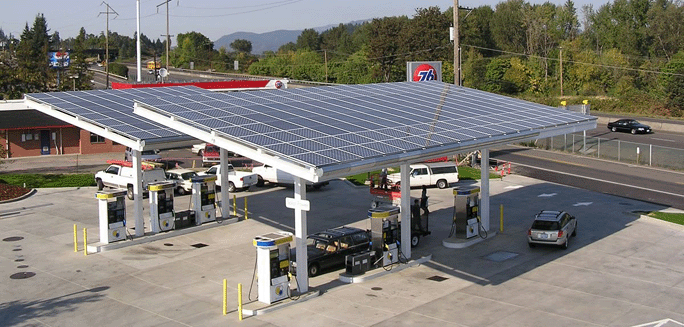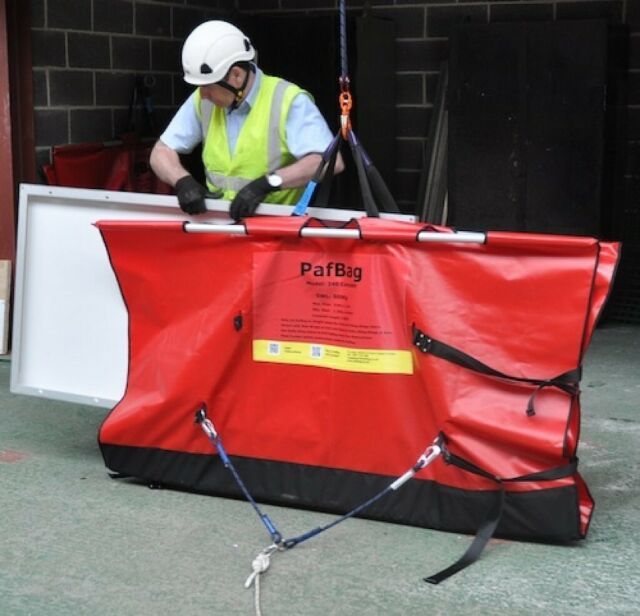1.2. Methods of generating electricity.
The next material is allowed to be used for educational purposes.
The flow of sunlight falling directly on the Earth’s surface has a maximum density of 1 kilowatt per square meter. The wavelength range is 0.3-2.5 μm.
Such radiation is called “shortwave”. It should be noted that this type of radiation consists of rays of the visible spectrum.
The sun’s rays are a stream of energy obtained from a publicly available source with elevated temperatures (the surface temperature of the Sun is about 6,000 degrees Kelvin) compared to conventional energy sources.
Equipment that uses solar energy to generate electricity can be placed both on planet Earth and outside its atmosphere.
When short-wave radiation from the sun passes through the atmospheric layers, it is divided by the types of interconnection:
Energy absorption.
The rays are transformed into heat by the movement of molecules.
Ray scattering.
The direction in which the initial motion of the rays changes, and the angle of their impact on the earth’s surface varies.
Reflection of rays.
This type of interaction does not depend on the angle at which the rays fall. About 30 percent of the concentrated flow of the sun’s rays from outer space is sent back through reflection. The reflection is due to clouds or snow surface (ice) that covers the Earth’s surface.
In addition to generating electricity through solar systems, solar radiation is used for heating purposes (in remote areas with low temperatures and insufficient heating resources), as well as for hot water supply.
A concentrated flow of solar energy can provide a temperature range of 100 to 700 degrees Celsius. These temperatures will be sufficient to ensure the operation of a heat engine that has a relatively high efficiency.
There is a technology for creating special concentrators of parabolic configuration. Only the manufacture of such a device with a diameter of more than 30 meters is problematic. If we take into account the capacity of such equipment (about 700 kilowatts, i.e. 200 kilowatts per hour of electricity), the financial and time costs are quite justified. Such power of the concentrator will be quite enough for power supply of small power systems. Stationary utility networks require high power and performance.
Conversion of solar energy by the thermodynamic method
The method of energy conversion using the phenomenon of thermodynamics allows to obtain electricity from sunlight almost similar to the generation of electricity through the use of other energy sources.
It should be borne in mind that the radiation that reaches the earth’s surface has certain features:
- reduced density;
- the presence of cyclicality during the day;
- the presence of a cycle depending on the season;
- the influence of weather conditions.
Thermodynamic transformation should occur in such a way that the use of different heat indicators does not affect the performance of the system. This means that it is necessary to use energy storage devices in such a system to eliminate possible fluctuations in the operating modes of the system. Batteries will provide a given amount of energy with time.
The device, which makes possible the process of thermodynamic conversion of solar radiation, must include the following technical components:
- a receiving system that converts solar energy into heat (thermal energy is then transferred to the coolant);
- a system that allows you to transfer the heat carrier from the receiving system to the storage or heat exchangers (it is in them that the working fluid is heated);
- a system that allows you to control the incident solar radiation;
- thermal energy storage;
- heat exchangers.
Solar power plants, which are based on the use of the principle of thermodynamics in the conversion of energy flow, are based on their work in 2 fundamental ways.
The first way allows the use of small centralized stations in remote or inaccessible areas.
The second way regulates the use of large solar installations (their capacity is about 20-30 MW). Equipment of this type is used in powerful power systems.
Solar collectors
In its composition, the installation that collects sunlight has an important structural component – a solar collector. This device captures the sun’s rays. Next is the transformation of energy flow from the sun into heat, followed by heating of water, air and other coolants.
Existing focusing collectors also have a flat configuration.
The first type of collector absorbs the energy flux of rays with subsequent concentration. In other words – increasing the density of the flow. If we talk about solar collectors with a flat configuration, then the absorption occurs without concentration.
Concentrators of radiation or solar energy flux
With the help of the concentrator there is an increase in the density of the radiation flux of sunlight. The concentrator is a special equipment that has the form of a set of lenses (or mirror surfaces).
Optical surfaces in such devices are flat, parabolic cylindrical or paraboloid. For the manufacture of this component, materials with high reflectivity (thin metal plate or foil material) are used.
There are two types of SES: tower and modular configuration.
The modular power plant is presented in the form of a large number of collectors that concentrate radiation. Collector installations do not depend on each other and watch the sun independently.
It should be noted that the concentrator may not be in the form of a paraboloid. This configuration is the most productive, but not required.
The task of concentration equipment is to transfer energy to the coolant, more precisely – its filling. The heated liquid (heat carrier content) is fed to the central part of the station. A thermochemical component (e.g. dissociated ammonia compound) or water vapor (for direct use by a steam turbine) can be used as the heat exchanger fluid.
Systems consisting of concentrated manifolds have a number of disadvantages:
- each reflector requires a separate heat sink with a complex design. ;
- assuming that you have to remove energy from 20,000 paraboloid-shaped reflectors, you will need an expensive exchange circuit that can withstand high temperatures (including the generator drive of 100 megawatts). The circuit will serve as a connection for separate concentration plants.
The disadvantages are eliminated if you replace 10,000-20,000 receivers with one similar device in terms of size and configuration. An important requirement is to raise the device above the ground.
In this form, there is a tower-type solar station. Its conceptual difference is that parabolic reflectors are replaced by flat ones. This significantly reduces the cost of technology.
Use of solar ponds A
Solar pond is a heating structure that involves the use of water as a heat shield.
As a basis the big reservoir (natural or dug especially for this purpose) can be used. This technology does not require large financial costs. For example, in Israel, the Dead Sea can play the role of a solar pond.
The solar pond contains a storage of thermal energy, which is why its scope is quite extensive.
Application of a solar pond:
- in systems of solar heat supply of objects;
- in providing hot water to residential buildings;
- in order to generate thermal energy for technological needs;
- in conditioning (air conditioners of absorption type);
- electricity generation.
The solar pond is able to act in parallel as a collector and storage of thermal energy.
The technology of creating a solar pond involves pouring different density (due to the concentration of salts) layers of water. The layer of water where the salt concentration is highest is at the bottom of the reservoir. Its width is about half a meter.
By absorbing the sun’s rays through the bottom, which have a dark color, the lowest layer of water is heated.
The density of the aqueous layer at the bottom decreases with increasing temperature, but mixing with the subsequent layer does not occur due to the correctly calculated salt concentration in the water.
Convection in the solar pond is absent, i.e. heated water from the bottom does not rise to the surface, as is the case in conventional reservoirs. Thus, the temperature of the bottom layer of water sometimes rises to 90 degrees Celsius (there are even cases of boiling).
The solar pond is able to ensure the smooth operation of the solar power plant in case of disappearance of insolation. The pond, which has a depth of two meters, will allow SES to work in a constant mode for about a week. If the depth of the reservoir is greater, then we can talk about seasonal cycles of energy accumulation.
A significant disadvantage of this type of solar energy storage is the need to use large areas. Solar ponds are very safe from an ecological point of view, because salt water in the wild has existed for centuries.
Solar installations located on the Earth’s surface
At the moment, the popularity of “solar houses” is growing. These are residential facilities that fully meet their energy needs on their own. In many cases, they do not even have a connection to the general network, so they are not burdened by planned power outages, tariff increases and other problems of modern energy supply to the consumer.
The largest number of such projects has been implemented in the United States, Western Europe and Japan. In our country, similar technologies are also being implemented, albeit slowly. Whether because of the financial cost, or because of a weak understanding of the principle of operation of such installations and the obvious benefits.
This method of generating energy can be based on one of three options for energy conversion:
- photovoltaic;
- photothermal;
- photochemical.
The photothermal method involves heating the coolant to a collector unit, which is a system of light-absorbing tubes. The heating temperature of the coolant is quite high. The technology is able to provide heat to the home as heating.
The collector is located on the roof surface of the object so that the amount of sunlight falling on its surface was maximum.
There is also a special system of reflective blinds. It is controlled by a computer and creates the most acceptable level of illumination of the collector to ensure the optimal temperature of the premises.
A certain amount of energy is accumulated through the use of batteries (thermal or mechanical). This process is short-term – energy is stored for a couple of days, no more. If there is a need for long-term energy storage, you will need a chemical battery.
It is known that one square meter of collector installation during the day can provide about 70 liters of water, the temperature of which is about 80 degrees Celsius.
Hard-to-reach regions with cold climates have long used this technology.
If the “solar house” has in addition to heat from the sun and electricity of its own generation, it is worth considering the following type of solar system.
This type of collector involves the use of freon as heat storage. It can be another liquid. The main thing – it must have a low heat of evaporation.
This type of installation operates at one hundred degrees Celsius and does not require solar concentrators. When water is used as a heat carrier, its temperature should reach 200-500 degrees Celsius. In this case, it is mandatory to use hubs in the form of mirror surfaces that direct sunlight to the surface of the collector.
Photovoltaic converters have become much more common in recent times. Most often they are formed from crystalline compounds of silicon and gallium arsenide.
Conversion of solar energy using FEP
The basis of this method of electricity generation is the flow of solar energy, called among the scientific community light flux (photon flux). Like the flow of air, the flow of solar particles has a certain energy.
It should be noted that before entering the atmosphere, the solar flux density varies within 1360 watts per square meter. After the passage of the atmosphere, the intensity of insolation becomes much lower, and on the earth’s surface the figures are close to a thousand watts per square meter.
To convert solar energy into electricity, an important role is played by a pseudo-square of silicon, the edges of which have a beveled shape. The diameter of this device is 125 mm. This device is called a photoelectric converter (PV).
How is the conversion of energy? Physicists who were able to discover the phenomenon of the photoelectric effect managed to solve this problem. This process is the extraction of charged particles from the structure of the atom due to the influence of light radiation.
At the beginning of the 20th century, the physicist Planck proved that light radiation has the ability to be emitted and absorbed in certain portions. These “portions” were called quanta (or photons).
This hypothesis substantiated the scientific work carried out by Heinrich Hertz thirteen years earlier.
Later, 3 laws of this phenomenon were derived:
- Under conditions of constant spectral composition, there is a directly proportional relationship between the saturation current and the incident light flux on the cathode.
- The increase in the kinetic energy of charged particles that have been extracted by light radiation increases and does not depend on the intensity of the light flux.
- There will be no photo effect when the luminous flux frequency is below the set red limit.
The theory of the photo effect is the basis for explaining the processes occurring in the FEP.
The photoelectric converter acts as a central component of the solar panel. It should be noted that the FEP is a semiconductor element. The photoelectric converter has a unique process – the valve photo effect. It is based on the appearance of an electric driving force within the pn junction. This process is carried out under the influence of solar radiation.
The valve photo effect that occurs within the closing layer is called the process when charged particles leave one body and pass into the semiconductor element through the dividing surface.
Semiconductors are compounds whose specific conductivity is between the indicators of conductors and dielectrics. The main difference between semiconductors and conductors is the strong dependence of conductivity on the amount of impurities, temperature and different types of rays.
Semiconductors include materials with a band gap in the region of the EV pair.
Semiconductors: selenium, germanium, arsenic, silicon, a large number of alloys.
The most popular representative of semiconductors at the moment is silicon. This element is about 30 percent of the earth’s crust.
Silicon has become the most popular in solar energy for a number of reasons:
- available, available in large quantities in the natural environment;
- has low weight;
- the band gap is 1.12 electron volts.
The modern market for commercial solar systems for installation on the ground is represented by 90 percent crystalline silicon panels and 10 percent – thin-film.
The central figure in the FEP configuration is the pn junction. In simple terms, the photoelectric converter is a kind of “sandwich”, where the layers of silicon are subjected to the doping process.
It should be noted that the pn junction is distinguished by its special ability to act as an energy barrier for particles carrying electric current. In other words, the transition passes the charge carriers in only one direction.
This effect is fundamental in the production of electricity by solar panels.
The sun’s rays appear on the surface of the panel and start the process of generating charged particles in the body of the semiconductor. Current carriers appear with a minus (electron) and with a plus (hole). The task of the pn junction is the separation of charged particles into “their” halves. The chaotic motion of current carriers turns into an ordered division on different sides of a certain type of particle. Then these separated particles are let into the outer circuit. That’s where the tension is created. Electricity appears in a closed circuit.
If we talk about the materials used to create photovoltaic converters, then silicon crystals and gallium arsenide compounds are the best options. Their heat resistance and efficiency have higher rates (20 percent higher than other materials).
When we talk about “solar houses”, it is unwise to consider only the amount of electricity generated. In addition to the amount of energy produced by the sun, the energy efficiency of the building plays an important role. After all, the competent distribution of energy and frugal treatment of it can reduce unnecessary costs and reduce the need for electricity and heat.
In addition to solar panels on the roof or in the household, the building must have a high level of thermal insulation, equipped with powerful ventilation systems, etc. This will avoid large energy losses.
Solar panels are the future!
Solar panels are involved in converting the flow of solar energy into electricity, which can be used to meet the current energy needs of the facility or stored with batteries.
There are frame and frameless panels. The first type is presented in the form of a surface framed by a profile. As a rule, the profile is made of aluminum.
The surface of the panel is presented in the form of a glass plate. In essence, it is a photovoltaic generator. The surface of the solar panel includes laminated components. The panel body has a diode unit on the inside.
The cover of the diode unit hides the electrical contacts. They are used to connect the panel.
Solar panels that do not have a frame are presented in the form of a laminated surface on an aluminum base. In addition, they can be located on the textolite. Another option is a module that has no substrate.
The module also includes a film-like material – ethyl vinyl acetate. It is located between the solar cells.
On the front side, the module is covered with a colorless film. On the back is a substrate or film-like material without separate optical conditions.
It should be noted that the operation of the solar module is maintained at temperatures from minus 50 to plus 75 degrees Celsius.
Atmospheric pressure of the order of 84-106 kilopascals is not able to interfere with the operation of the panel. The humidity at which the photovoltaic module can operate is up to 100 percent.
If we talk about weather conditions, the rain, with an intensity of 5 millimeters per minute will not be an obstacle to the full operation of the module.
Solar energy is gaining popularity around the world due to a number of advantages.
First, generating electricity using solar panels is a fairly simple and reliable way. The photovoltaic module does not require any fuel. It can function properly with an internal resource.
Second, solar panels do not require intricate and complex maintenance. Owners of private SES note the unpretentiousness of the modules.
Third, the undeniable advantage of photovoltaic modules is that the intermediate phases of the energy flow conversion process are absent. If the owner of a household or commercial object has decided to purchase solar installations, his energy supply problems are solved for a long time.
The service life of solar modules is estimated at tens of years. In most cases, they can be used for about 20-25 years with sufficient efficiency.
It is not necessary to take out of context the fact that photovoltaic modules do not cause any harm to the environment, because they do not have emissions and wastes in the process of energy generation.
In addition, it is worth noting that the use of RES allows not only to save money, but also to increase their income by selling electricity at a “green” rate to the grid.
One of the main advantages of inexhaustible resources should not be overlooked when determining the benefits of solar energy. Solar energy is free, its deposits do not exist, the sun shines for billions of years and will shine.
Energy storage
Electricity generation is very closely linked to storage. After all, energy production can not be calculated accurately, so there is a need to store residues for some time in order to use them during a shortage of solar radiation (at night or in bad weather).
It should be noted that decentralized use for alternative energy sources is the best option. The reason is low intensity and inattention.
The process of energy accumulation from RES is radically different from the process of energy accumulation from nuclear and thermal power plants.
RES are usually scattered throughout the territory, so the transmission of electricity over long distances loses its meaning.
The main problem with the use of ecological energy sources is the equalization of demand over time. Since the natural conditions and intensity of radiation do not depend on us, it is impossible to predict the amount of generation in a particular clock. It is the accumulation of energy that can solve this problem.
Lack of control over the amount of energy produced by the sun is leveled in the presence of powerful storage devices capable of storing excess energy for some time, and if necessary to provide it to meet energy needs.
Consider options for the accumulation of electricity:
- heat;
- chemical;
- electric.
The accumulation of energy accompanies not only alternative energy, but also traditional. Only if the energy storage of TPPs is expressed in the form of coal reserves, the energy accumulation of RES looks completely different.
Thermal method of energy storage
Heat with low temperatures acts as one of the most popular sources in modern world energy consumption. The fact is that when heating the use of heat with high temperatures in general is not necessary. A high temperature source can be useful for industrial purposes.
In order to heat the living space will be enough receiver of thermal energy from sunlight and heat storage.
In climatic conditions, which provide for the predominance of low temperatures, it is most important to accumulate thermal energy. In addition to the accumulation of heat from solar radiation, the accumulation of residual heat during the operation of the equipment is also popular.
To create a reserve of thermal energy for 90 days is an absolutely feasible goal. The main thing is to create a well-thought-out housing project. The primary task is high-quality thermal insulation. In addition, you should think about how to prevent mold and prevent dehydration.
In addition, it is important to install a ventilation system that will control the temperature processes. Heat recirculation in this case will be a great solution.
Residual heat from cooking, light, etc. can become an internal source of thermal energy. You just have to think about how this heat can be saved.
There are many examples of such housing in the world, which combine energy efficiency and modern design. At the same time, there are no inconveniences for the residents of such a house.
It should be noted that the storage capacity of rocks in this case is better than water.
By itself, a residential building for 4 days is able to act as a store of thermal energy.
Heat retention is most in demand in regions where cold prevails. In hot countries, the most popular technology is the accumulation of cold. These two technologies are very similar.
When it comes to the accumulation of thermal energy, we should mention the existence of technology based on changing the phase state of some compounds at a certain temperature.
A clear example of this is Glauber’s salt. At a temperature of 32 degrees Celsius, this compound breaks down. The decomposition reaction is reversible. As a result of starting the reverse process, 650 MJ of heat per 1 square meter is released.
The price of energy storage is formed depending on the complexity and material of construction. Heat accumulators with water inside have much lower specific gravity. And a battery that uses the process of disintegration of Glauber’s salt may be an alternative solution.
Chemical way of energy storage
Chemical elements form a number of bonds that can retain energy. Energy is released by an exothermic reaction. A well-known reaction is combustion. In some cases, the reaction requires triggering by external factors. This may be an increase in temperature or the use of catalysts.
The use of biological compounds in batteries has special conditions, we will not consider it. Let’s focus on the use of traditional chemical components used in popular types of energy storage.
Use of hydrogen.
The electrolysis process results in hydrogen compounds. A power source is required to start the process. Hydrogen in the gaseous state is placed in special tanks and supplied to facilities that require a source of energy. Hydrogen is burned to meet energy needs.
The reaction product is water, i.e. no harmful substances are released during use. Slightly less than 20 grams of water is released in the process of obtaining 242 J of heat.
Storing hydrogen in large quantities causes a number of inconveniences and additional costs. The most promising and least expensive way is to use caverns located underground. Such natural tanks resemble those formed in the process of natural gas production.
An alternative solution is to use pipelines to transport hydrogen. Those that currently supply natural gas are also suitable for this purpose.
In order to generate electricity, hydrogen can also be used successfully without harming the environment. Fuel cells can run on hydrogen without any problems.
Use of ammonia.
Ammonia decomposes at a certain temperature on H2 and NH3. If you apply this reaction in a heat engine, it is possible to receive electricity continuously. All you need is the thermal energy of the sun’s rays.
Electric way of energy storage
Electricity is the most perfect form of energy. Its accumulation is the primary task of modern science. Scientists around the world spend years looking for the best way to accumulate. Cheaper technology plays an important role in this search.
It is a well-known fact that only a rechargeable battery can store and dispense electricity when needed.
Batteries of various volumes and configurations are part of solar and wind power plants.











